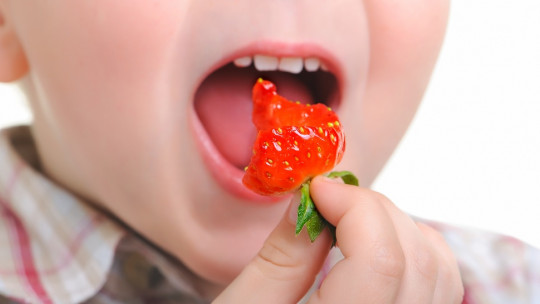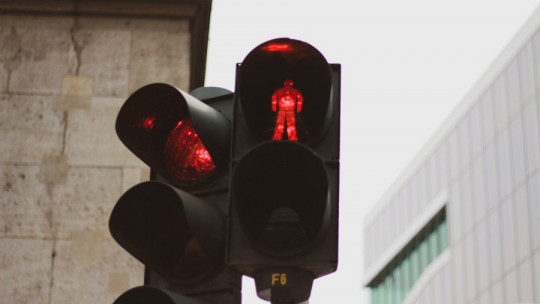
Let’s imagine that we haven’t eaten in a while and we are hungry. Let’s also imagine that in this situation our favorite dish is put in front of us. Surely we will begin to notice more intensely how hungry we are, and we will notice how we begin to secrete saliva. In a less noticeable way our digestive system, spurred by the sight and smell of food, will begin to prepare for the act of eating. Let’s imagine now that we get a cramp, or a puncture. We will immediately move away from its source, as a reflection.
All of these examples have one thing in common: the source of the cramp or the puncture or the presence of food are stimuli that have generated an immediate response in themselves. These are unconditioned stimuli a concept that we are going to discuss throughout this article.
What is an unconditioned stimulus?
Any stimulus or element that possesses the ability to generate an autonomous response on a regular basis to a person or way of life said stimulus being something biologically relevant to it.
Said unconditioned stimulus can be both appetitive and aversive, and can be both a benefit and a harm to the subject who experiences it. The response they generate in the organism or living being, for example the activation of some body systems or reflex movement, is also called unconditioned. It is important to keep in mind that these responses occur at an innate level, not being the product of subjective reflection or assessment of whether something is pleasant or unpleasant to us.
Although there are many stimuli that can be considered unconditioned, the truth is that in general They are linked to basic processes for our survival: pain or the fight/flight response to an attack, the presence of food, or the presence of sexually attractive stimuli. However, it must be taken into account that the specific stimulus can vary enormously depending on the species or even the brain configuration.
Its role in classical conditioning
The unconditioned stimulus, which generates an unconditioned and natural response, is not only important in itself but is also the basis (according to the behaviorist perspective) that allows the creation of associations, which are in turn the basis of the emergence of learning and behavior according to classical behaviorism.
And in the middle there are a large number of stimuli that do not generate a direct reaction in us, which in principle are neutral to us. But if they are repeatedly and consistently associated with an unconditioned stimulus, they can be associated with it and cause them to generate a response identical or similar to that generated by the unconditioned stimulus itself.
Thus, the association between unconditioned and neutral stimuli, which become conditioned, is a basis for the ability to learn and acquire simple behaviors. This process is called conditioning (since one, the unconditioned, conditions the other) which Regarding the simple association between stimuli and responses, it is called classical conditioning.
Unconditioned but not unalterable
The unconditioned stimulus has the capacity to generate a response by itself, but this does not mean that it will always generate an unconditioned response. It is possible for an unconditioned stimulus to devalue and lose its properties.
An example of this is satiation, a process in which abundant exposure to a stimulus that generates a reflex response ends up causing the response to it to decrease. For example, if we eat a lot and expose ourselves to food (unconditioned stimulus) it will not generate a response since we are already satiated.
Also habituation to the stimulus may occur: Repetition of exposure to the stimulus over time makes the response it generates less intense. For example, if exposure to sexual stimuli is habitual, the stimulus in question may lose (although it may also increase, with sensitization instead of habituation) part of its appetitive power.
Finally counterconditioning can occur, in which an unconditioned stimulus is paired with another stimulus that generates an opposite response. We could say that the unconditioned stimulus becomes a conditioned stimulus, generating a response where there was another before.








